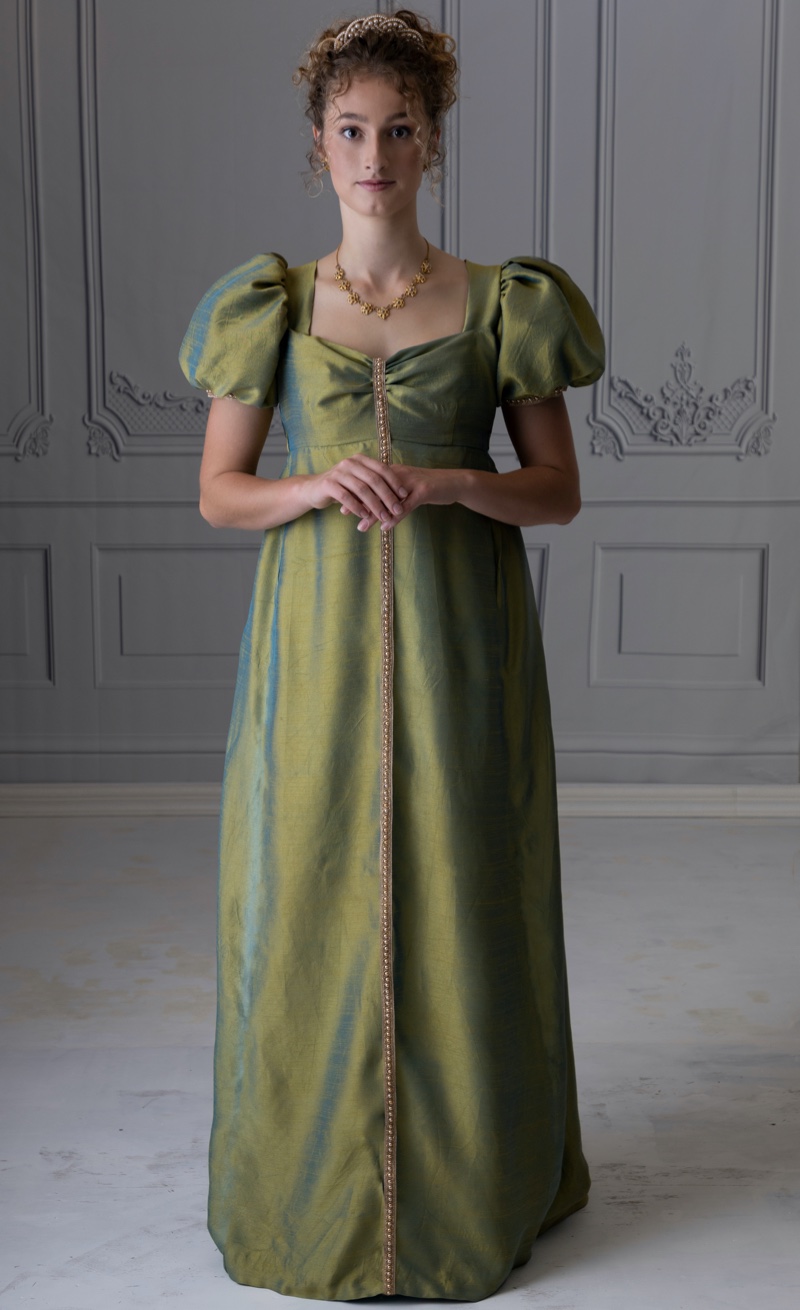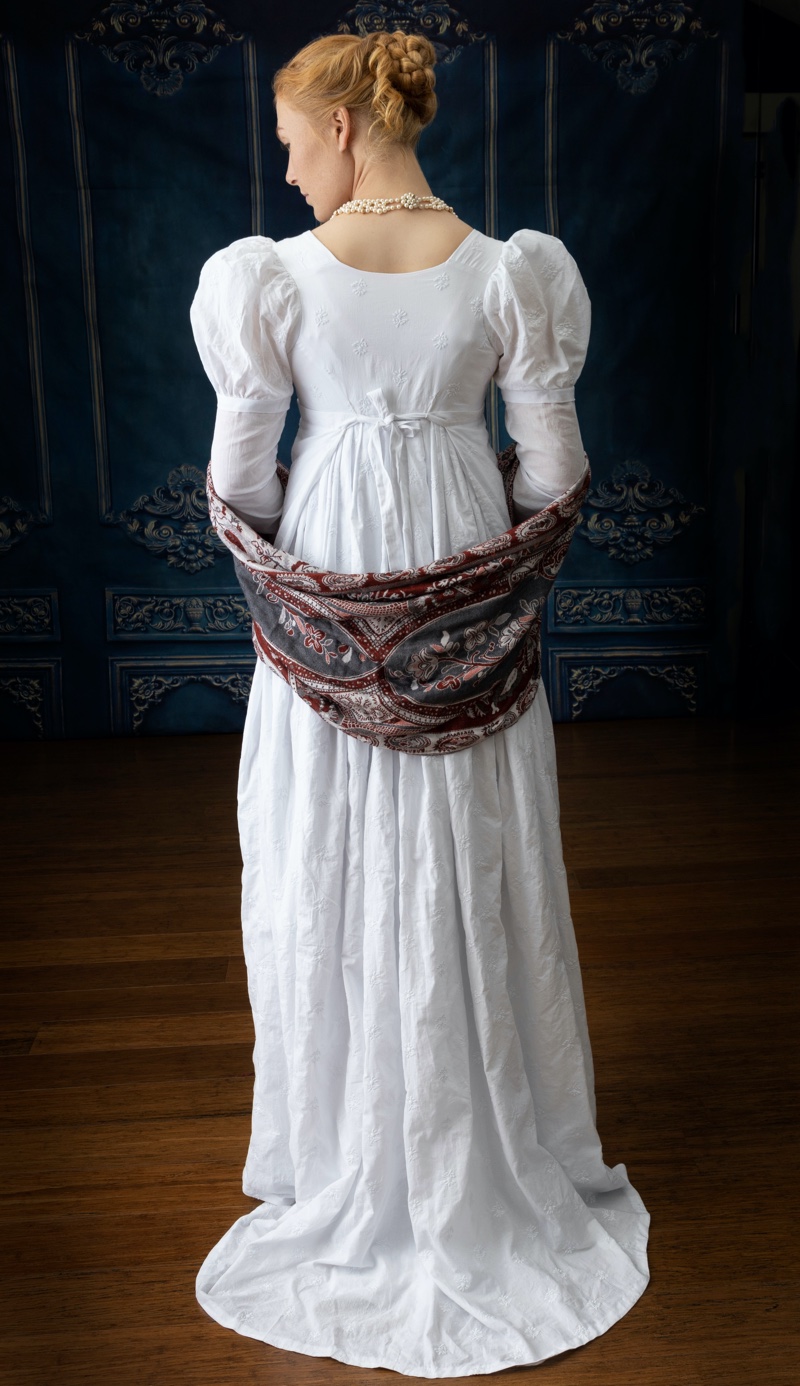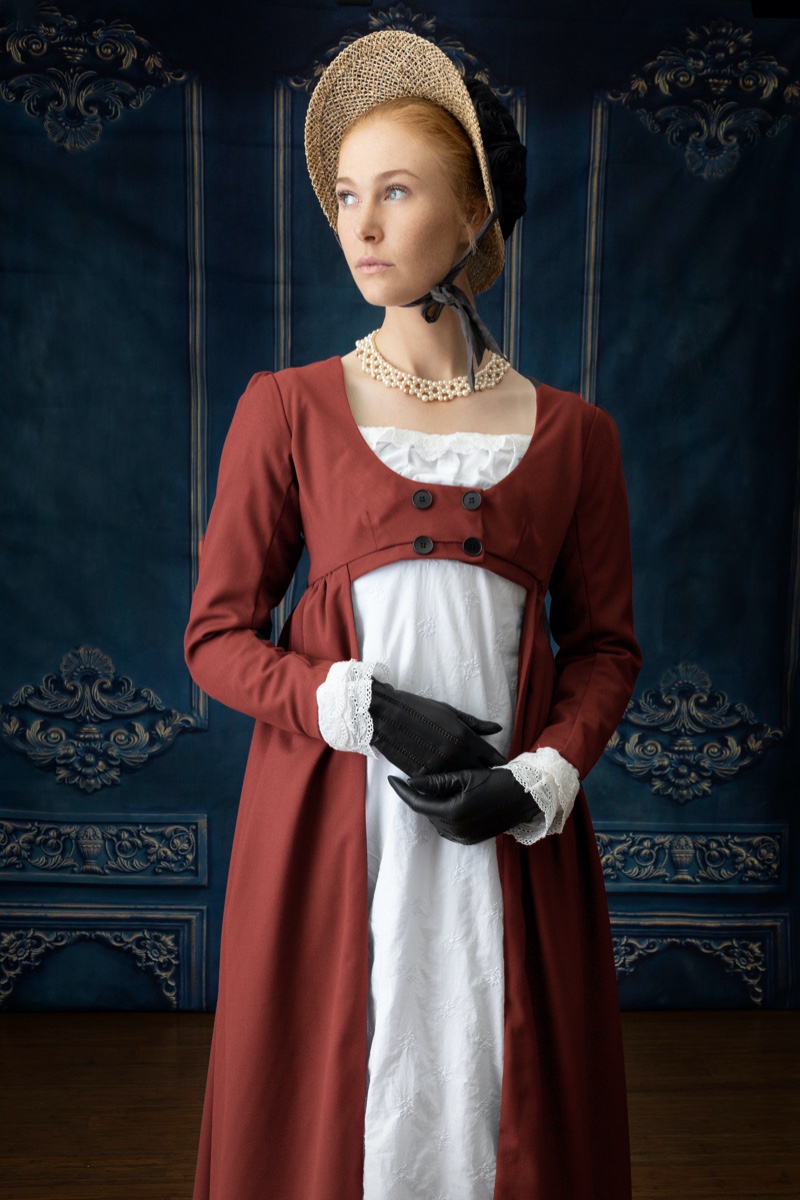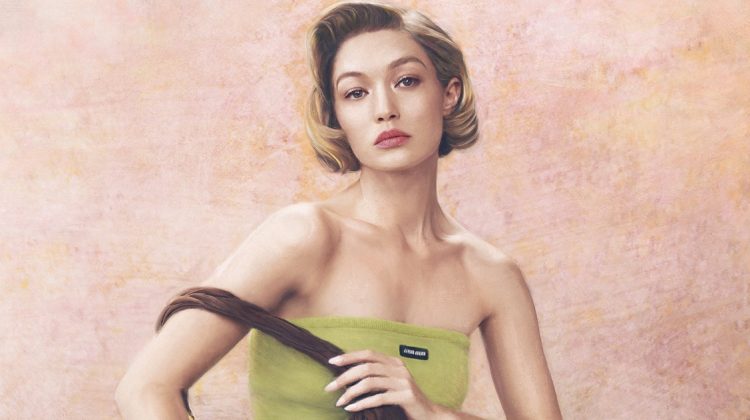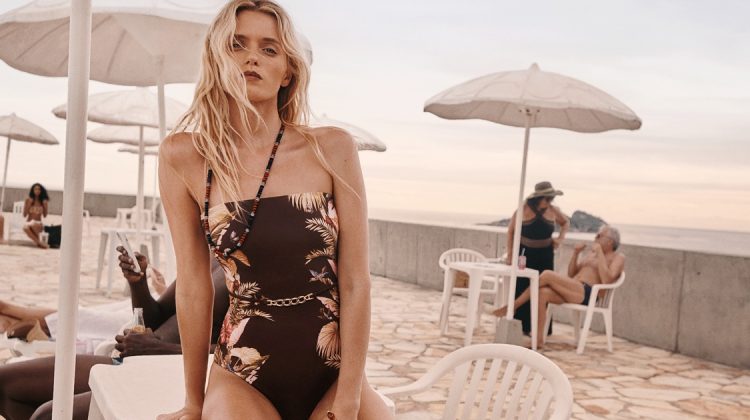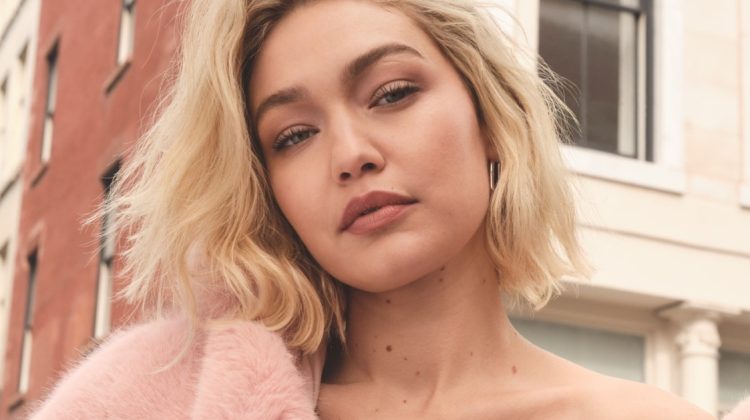If you examine the styles that came before the Regency era, you will discover that a significant shift occurred quickly, roughly between the very early 1800s and the year 1820. The late 1700s focused on the hemline’s richness and width, yet the Regency “style” had an exquisite, feminine minimalism. This is due to many factors. But before that, how about we first define what Regency-era fashion truly is?
What Does Regency Era Fashion Mean?
The regency era fashion only lasted from 1811 to 1820, making it a brief period. The era’s name refers to when Prince George IV served as King George III’s replacement. The prince served as the king’s regent, or effectively stand-in king, because King George III was deemed incompetent to rule due to severe ailments that impacted his mental system. George IV succeeded his father as king until his passing in 1820.
Although that is the recognized date, the Regency fashion era started in or around 1795. Following the shocking events of the French Revolution, people tried to make their clothing less aristocratic and more practical and straightforward. Roman and Classic Greek sculptures impacted fashion. Men wore tailored jackets and pants that almost fit like columns, and women wore virtually column-like gowns.
What does a “Regency Dress” involve?
We will refrain from going to great lengths in scholarly and professional ways to discuss the specifics of this problem here. Instead, we will examine what is commonly called “Regency dress.” And by that, we mean the dainty, effortlessly chic style of the low neckline, high breast, short sleeves, and high waist.
We are referring to the style that changed between around 1805 and 1820. While some claim that the Regency stopped with Queen Victoria, “Regency clothing” started to go out of fashion in the 1820s, giving way to the ornate and puffy dresses that would define the early Victorian era.
Outerwear Accessories of Regency Era Fashion
Because it gave them a chance to stand out compared to the simple outfits, the Regency era was great for accessories. The period’s unique qualities come from these fine details. Among the preferred accessories were:
Shawls
Cashmere, a soft wool, was frequently used to weave shawls with patterns that had Asian influences. Women also wore cloaks of various lengths.
The Redingote
A robe-like coat known as a redingote was worn both inside and outside. The outdoor version was composed of more substantial materials and darker colors than the one worn indoors, which was worn open to display a dress. The word “riding coat” is where the name originates.
The Pelisse
From 1800 to 1850, the Pelisse controlled the outerwear world. In the early 19th century, the Empire-style coat hung to the hip or knee. The Pelisse reached its full length by 1810. The Pelisse created a large, cape-like collar with fur trimming in 1812. Although the phrases “Redingote” and “Pelleisse” are sometimes used synonymously, the Redingote has a tighter-fitting top that flares out at the hemline, giving it a more tailored or military appearance than the Pelisse.
Spencer Jacket
The Spencer Jacket, a short bolero-style jacket worn by males over a tailed jacket, gained popularity in the late 18th century. The look was adopted by women’s clothing and persisted for 20 years. The Spencer Jacket can be worn inside and outside, in wool or silk, and can be adorned with braiding or cord. Italian quilting frequently included design and texture.
Footwear
Shoes during the Regency era typically had a low or flat heel and were occasionally embellished with a ribbon or flowers. These fragile shoes were frail and rapidly worn out since they were made of soft fabric or cotton.
Female workers and villagers used sandals, short boots, and sabot clogs instead of flimsy shoes or going barefoot. Flat-heeled boots, genuine leather or cloth, first appeared in 1810. Despite being designed for walking, the footwear was weak and did not withstand rough use.
Bags
During the Regency era, the handbag or purse emerged. Women used to carry concealed ‘pockets’ that were fastened at the waist and tucked into the pleats of their skirts. It was hard to tie a pocket onto the high-waisted dress due to its new, slender design. Reticules, a type of small, decorative bag with a drawstring closure, were then carried by women.
Hats and Hair
Regency hairstyles could be piled up in straight or off-center chignons, elaborate with curls at the sides. White caps were frequently worn during the day to conceal knotted ringlets displayed in the late afternoon or evening. Until 1811, soft-crowned bonnets with bows and ruffles became more prominent, while Leghorn hats had elaborate embellishments and wide brims.
19th-Century Style Evolution
Fashions continued to alter as the Regency era ended, and the Industrial Revolution brought about significant changes in technology and culture. As the century moved towards the Victorian era, women’s clothes became more elaborate, waistlines increased, and skirts grew in length.
